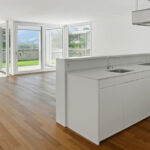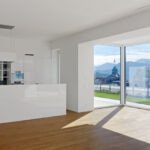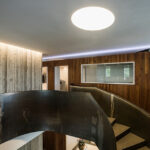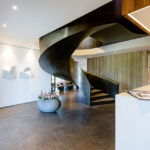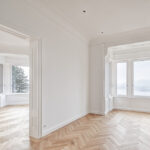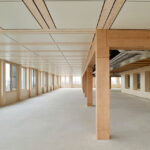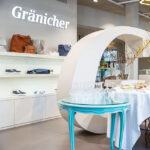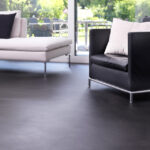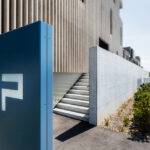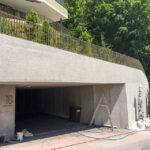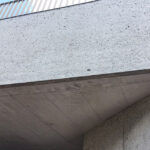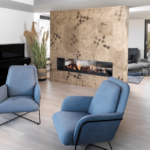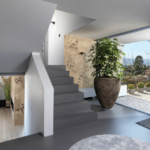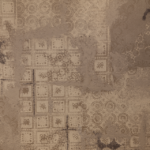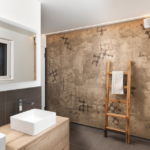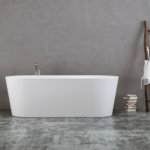- Home
- Competencies
Facade construction

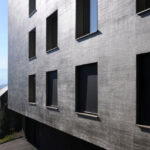
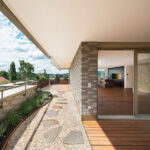
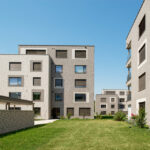
- Service
- About Us
- Contact
Headquarters in Emmen
-
MVM AG
Kirchfeldstrasse 44
6032 Emmen - 041 289 04 04
- mail@mvm-ag.ch
-
Monday - Friday
08:00–12:00 / 13:30–17:00
Zug location
-
MVM AG ZG
Commercial Street 11
6330 Cham - 041 758 18 57
- mail@mvm-ag-zug.ch
-
Monday - Friday
08:00–12:00 / 13:30–17:00
Sursee location
-
MVM AG Sursee
Surentalstrasse 10
6210 Sursee - 041 920 35 15
- mail@mvm-ag.ch
-
Monday - Friday
08:00–12:00 / 13:30–17:00
Stans location
-
MVM AG Stans
Hansmatt 30
6370 Stans - 041 610 00 42
- mail@mvm-ag.ch
-
Monday - Friday
08:00–12:00 / 13:30–17:00
-
MVM AG
- Rental
- Shop
Plaster of paris stucco - beautiful transitions between ceilings and walls
- Competently. Innovative. Qualitatively.
- from MVM AG
- 8 January 2021
- Interior decor, Stucco, Stucco
Moldings, ornaments, half-reliefs - a lot happens in the transition between ceiling and wall when stucco is involved. Stucco work is part of the real flair of old buildings, but modern apartments are also being fitted with stucco again these days. Because the delicate plaster work looks simply beautiful and gives the interior a special touch.
What exactly is stucco? The word stucco comes from the Italian "stucco", one also speaks of the "stuccatura". These are plastic formations that are formed from mortar. They adorn plastered walls and ceilings as well as vaults. Stucco work was already used in antiquity and is still used to design interiors today. Facades are also sometimes provided with stucco.
Stucco as transitions
In most properties, the transition between wall and ceiling is a hard edge at an angle of 45 °. The two elements simply collide. It's simple and functional - the aesthetics of such a minimalist solution is debatable. These transitions can be made softer and more decorative with stucco. A simple strip in the transition between ceiling and wall gives the room more structure. It is clearly structured and has an individual effect. Styrofoam strips are often used for this purpose - but stucco work is much more elegant.
The modern interior decor is difficult or impossible to distinguish from real, old stucco. Because our plasterers work according to old craftsmanship and shape the stucco out of plaster. And so the stucco is also easy to care for: it only has to be dusted every now and then. The decorative elements look elegant and bring a classic old building flair to the living room or office. In addition, the ceilings appear a little higher due to the design.
Plaster of paris as a material for stucco
Nowadays stucco consists either of styrofoam or a mixture of plaster of paris, lime, sand, cement and water. The natural materials are still used in the same way as before and offer a healthy, pollutant-free room climate. They also look natural. In addition, the plaster begins to harden after 15 minutes, which means that our plasterers can work quickly and efficiently.
Those who do not want to afford this luxury of fine, hand-made stucco can also get elements made of Styrofoam. Distributed as ceiling moldings in specialist shops, the fine moldings are very light and are simply glued on. This means that the ceiling and walls are not subjected to additional loads. The strips are inexpensive and can be processed very quickly. The glue binds immediately. Stucco moldings and decorative profiles made of Styrofoam are available in a wide variety of styles. However, one disadvantage of Styrofoam lies in the material itself: the Styrofoam is soft and deforms under pressure. The foamed polymer is not sustainable either, it cannot be recycled (the adhesive can no longer be removed). Furthermore, stucco stucco made of styrofoam looks less real than plaster stucco.
Classic stucco work that was shaped by hand, on the other hand, is very durable. Once the material has hardened, it does not deform. We know from historical buildings that plaster of paris can last for centuries. The higher costs for individually worked out plastering plastering are definitely worthwhile in the long run.
Forms of stucco
Plaster of Paris is a very fine material that can be shaped very well. Filigree ornaments are possible if the sand in the mixture is fine enough. Garlands and tendrils can be worked out according to baroque models. Curls, foliage and fine flowers are just as possible as thin lines. It doesn't matter whether you want cornices, rich tendrils or even pictorial representations as stucco in the building: everything is possible with plaster stucco. Our plasterers work according to historical models or optionally produce a contemporary, elegant interior decor.
The Brand
Surely some people know that ceiling moldings and profile moldings made of Styrofoam are manufactured industrially and not by hand. With gypsum stucco, however, this is different: it can still be pulled by hand. However, there are still prefabricated elements that can be easily ordered and installed in the building. In this case the stucco is poured.
The casting can be done in large quantities and from the catalog - then the elements are all the same. The molds can also be created individually according to your specifications and only used for your stucco elements. It is important that the mold is made of rubber and is soft. Moldings, rosettes, foliage or angel heads can be cast as well as cornices. If cornices or strips are to be attached around the room, we pre-cast parts that we put together on site.
The work steps are easy to explain: the plaster of paris is mixed, the mold is brushed with the mass, the rest of the mass is poured into the mold. Once the mass has dried and hardened after a while, it is released from the mold. This is quite easy if the shape is thin and flexible - that's why the shapes are made of rubber or soft plastics.
Drawn stucco: sheet metal templates
Pictorial representations, complex and lively tendrils or rosettes cannot be drawn. Moldings and cornices, on the other hand, do. To do this, the plaster mortar is applied and roughly preformed. The profile is then drawn into the soft material using a sheet metal template. The sheet metal template must be precisely shaped, and the rough edges are sanded off with glass paper. This is the only way to make your stucco work clean and precise.
Attachment of stucco
You should consider carefully whether walls and ceilings are decorated with stucco. Because not only stylistically you are bound with a stucco. Wallpaper and paint may no longer be on the wall, because the stucco is applied to the plaster. The material would not adhere to wallpaper; on the contrary, the moisture would destroy the wallpaper. It is different with styrofoam profiles. These can also be attached to wallpaper - but they are attached with fine pegs. This assumes that the walls are clad with appropriate carrier plates, because the pins cannot be hammered into the bare masonry.
Once the stucco is in place, it has to harden and dry completely. Then they can also be painted or painted. However, white or slightly gray stucco work is classic - only in antiquity are some of the bright colors to be found. Stucco is not that easy to remove. This is an interior decor that gives pleasure for a long time and is not replaced after a few years, like wallpaper, for example.
Stucco work is popular as an interior decoration!
Modern plaster looks like traditional stucco. The stylish wall decoration can only be distinguished from the classic original by experts. Stucco work is popular today both in business, representative rooms with customer traffic, as well as in the private sector. As an interior decor, they still look particularly classy.
Get in touch now and arrange an individual, free project consultation!



